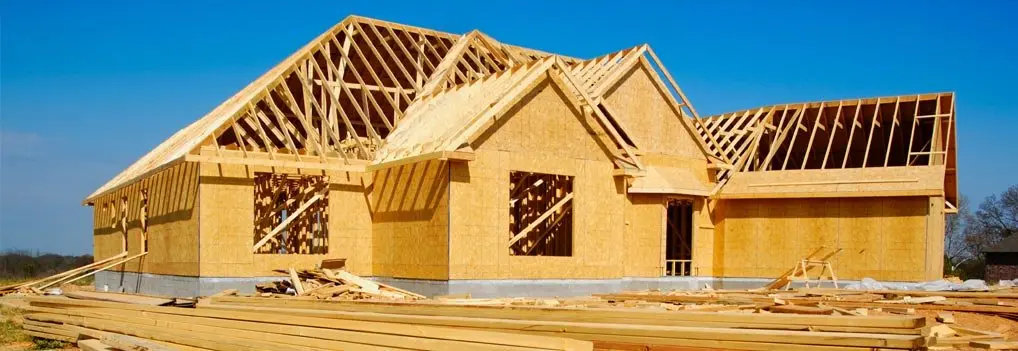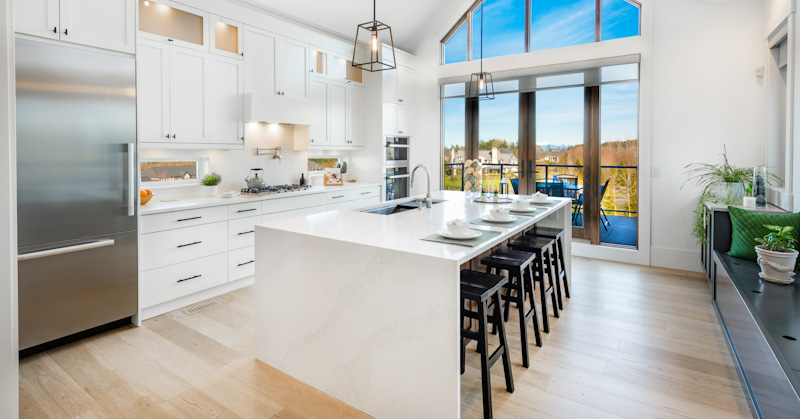Leading Carmel Indiana General Contractor for Home and Business Renovations
Wiki Article
Just How a General Service Provider Can Change Your Typical Locations Into Practical Rooms
The transformation of common locations right into functional spaces is a nuanced procedure that requires a general service provider's expertise in examining specific community needs and making tailored services. By taking into consideration aspects such as design, accessibility, and visual allure, a specialist can create atmospheres that not only serve practical functions however additionally foster area involvement.Assessing Current Common Location Requirements
When assessing common locations, it is vital to determine and comprehend the specific needs of the neighborhood they offer. This procedure begins with a complete analysis of present use patterns, which entails gathering data on foot web traffic, peak use times, and activities happening within these spaces. Involving with neighborhood participants via conferences or studies can supply useful insights into their preferences and obstacles.Following, it is necessary to take into consideration the market make-up of the neighborhood, including age, way of life, and any special demands that might influence just how these areas are made use of. For example, households with kids might call for play areas, while older adults may focus on availability attributes.
Additionally, evaluating the existing facilities and amenities is crucial. Recognizing areas that are underutilized or in need of repair can inform possible improvements. Teaming up with stakeholders, such as residential or commercial property supervisors and neighborhood companies, ensures that the analysis reflects a comprehensive understanding of the area's needs.
Inevitably, a careful examination of current common area needs lays the groundwork for effective changes, enabling the creation of areas that promote interaction and enhance the general lifestyle within the community.
Creating for Functionality and Appearance
A comprehensive understanding of area needs establishes the stage for efficient layout that stabilizes functionality and aesthetics in common areas. Successful style calls for a thoughtful technique that takes into consideration both the practical uses the space and the aesthetic charm that boosts the atmosphere.Practical style requires developing spaces that accommodate the certain tasks and communications of the area. This may consist of versatile seating arrangements for celebrations, accessible pathways for individuals with mobility challenges, or assigned areas for entertainment activities. Each component needs to offer a purpose while making certain convenience of activity and convenience for users.
Aesthetics play a critical role in promoting a welcoming atmosphere. The option of shades, materials, and illumination can dramatically affect the assumption of a room. Including natural aspects, such as greenery or water features, can improve the ambiance and develop a soothing environment. Furthermore, aligning the style with the neighborhood's social identification can cultivate a feeling of belonging and satisfaction.
Budgeting and Source Appropriation
Efficient budgeting and source allocation are important parts in the effective improvement of typical areas. A distinct spending plan lays out the monetary specifications within which the project have to run, making sure that expenses are managed and sources are successfully used. This begins with a comprehensive analysis of project needs, including layout elements, products, and labor.
A general specialist plays an important duty in this stage, teaming up with stakeholders to develop reasonable spending plan estimates that align with the intended vision. By focusing on vital functions and exploring affordable alternatives, the contractor can enhance investing without compromising quality.
Resource allocation requires purposefully assigning personnel, tools, and products to different phases of the job (Carmel In Contractor). This calls for mindful planning to stay clear of delays and make certain that each component is supplied on time. In addition, normal tracking of expenses against the budget plan assists to identify possible overruns early, permitting prompt adjustments
Managing Building And Construction Refine Efficiently
Managing the building and construction process successfully is essential for attaining timely task completion and preserving budget plan integrity. A well-coordinated method involves careful planning, clear interaction, content and effective source administration. General service providers should establish a thorough job timeline that describes each stage of building and construction, permitting the recognition of vital milestones and potential bottlenecks.
Regular progress meetings are important for maintaining all stakeholders notified and straightened. These conferences assist in the prompt resolution of concerns, guaranteeing that the task remains on track. Additionally, making use of project monitoring software application can enhance interaction, check over here track development, and manage documentation, reducing the probability of misconceptions and hold-ups.
Effective resource allotment is additionally vital. By guaranteeing that materials, labor, and equipment are available when needed, general contractors can stop expensive interruptions. Applying a positive strategy to take the chance of administration further improves efficiency, as it enables the recognition and reduction of prospective obstacles prior to they intensify.

Ensuring Compliance and Top Quality Requirements
Compliance and high quality standards are basic to the success of any type of construction job, ensuring that the ended up rooms not only satisfy customer expectations yet additionally comply with governing demands. A basic contractor plays a pivotal role in imposing these criteria throughout the building procedure.First, it is important for the contractor to remain updated on regional building codes, security policies, and industry finest techniques. This knowledge allows them to guide design selections and material options that useful source line up with compliance requirements. Routine inspections and quality evaluations during the building stage help to determine possible concerns early, alleviating expensive delays and remodel.
Moreover, a trusted basic service provider cultivates a culture of top quality amongst workers and subcontractors. This can be accomplished by giving training on compliance protocols and executing rigorous quality control measures. By developing clear communication networks, the professional can ensure that everybody included understands their responsibilities regarding compliance and high quality.
Final Thought
Finally, the function of a basic contractor in transforming common locations right into functional spaces is crucial. Via an extensive assessment of area requirements, thoughtful design, meticulous budgeting, and efficient job management, these professionals can produce atmospheres that improve usability and aesthetic charm. Adherence to compliance and top quality criteria better makes sure that revitalized areas not just fulfill the assumptions of stakeholders however also foster interaction and enhance the general experience for all individuals within the area.The makeover of common areas into functional areas is a nuanced process that needs a basic specialist's experience in analyzing particular area requirements and creating tailored solutions. By thinking about variables such as layout, access, and aesthetic appeal, a professional can develop settings that not only serve useful functions but also foster community interaction. General professionals must establish an in-depth task timeline that lays out each stage of building and construction, allowing for the recognition of possible traffic jams and essential milestones.

Report this wiki page